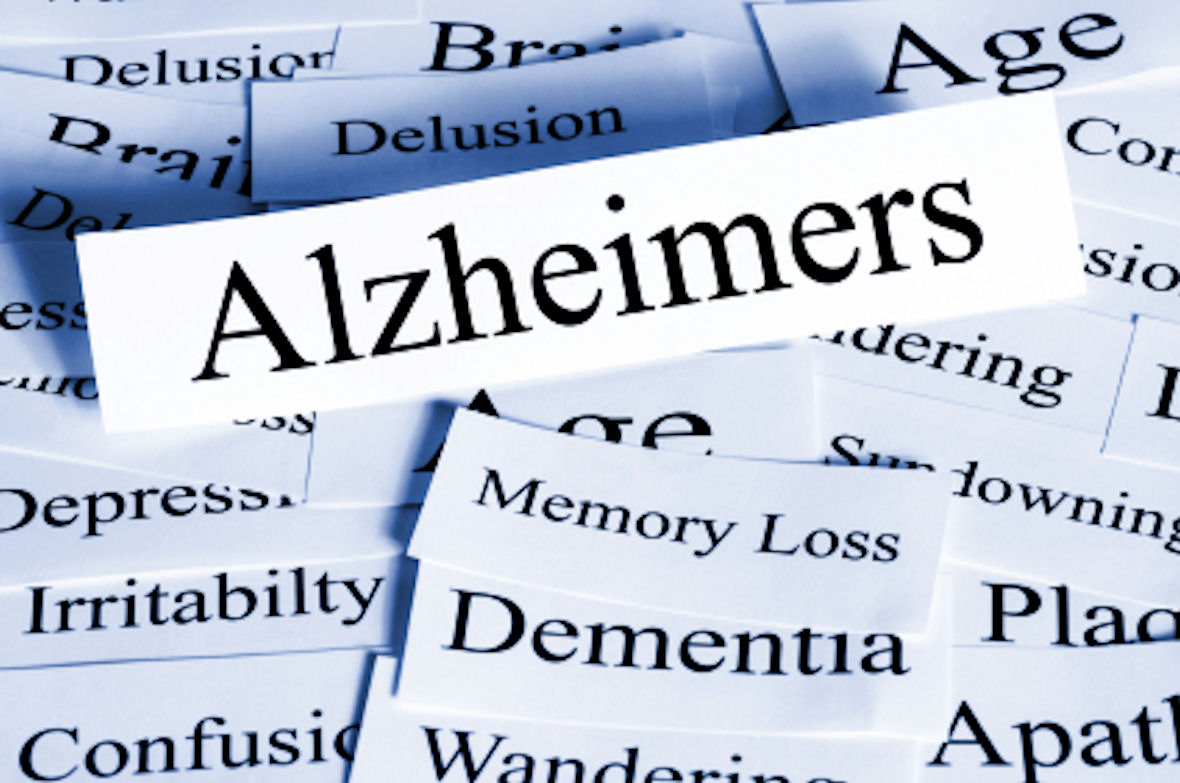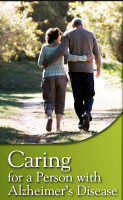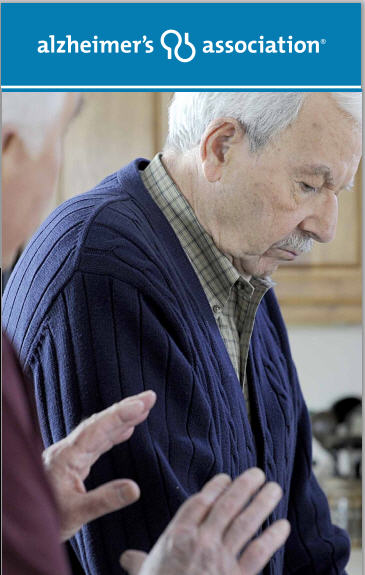Whether you are looking for information for yourself or for a loved one, it is important to understand what long-term care is and how it pertains to you. There are many types of services and resources available in your community. Having a better understanding of long-term care will help you know which ones best serve your needs.
Definitions & Need for LTC
Long-term care is a range of services and supports you may need to meet your health or personal needs over a long period of time. Most long-term care is not medical care, but rather assistance with the basic personal tasks of everyday life, sometimes called “Activities of Daily Living,” such as:
- Bathing
- Dressing
- Using the toilet
- Transferring (to or from bed or chair)
- Caring for incontinence
- Eating
Other common long-term care services and supports are assistance to complete what is called Instrumental Activities of Daily Living. These are household and other tasks that you may do every day, such as:
- Housework
- Preparing and cleaning up after meals
- Taking medication
- Shopping for groceries or clothes
- Using the telephone or other communication devices
- Managing money
- Caring of pets
- Responding to emergency alerts such as fire alarms
Who Needs LTC?
You need long-term care when you are not able to complete personal care or other daily activities on your own. This is most often the result of a chronic illness or disability. In some cases, the illness or disability may include memory loss, confusion, or disorientation, sometimes called cognitive impairment. This can be the result of conditions such as Alzheimer’s disease. In 2008, 21 million people had a condition that caused them to need help with their health and personal care. Half of them were more than 65 years old.
Will You Need LTC?
About 70 percent of people over age 65 will require some type of long-term care services during their lifetime. More than 40 percent will need care in a nursing home. Things that increase your risk or make it more likely that you’ll need long-term care include:
- Age: The older you get, the more likely it is that you’ll need help.
- Living alone: If you live alone, you’re more likely to need paid care than if you’re married or single and living with a partner.
- Gender: Women are more likely to need long-term care than men, primarily because women tend to live longer.
- Lifestyle: Poor diet and exercise habits increase the chance that you’ll need long-term care.
- Personal history: Health and family history can increase the chances you’ll need long-term care
Service and support needs vary from person to person and often change over time.
On average, someone who is 65 today will need some type of long-term care services and supports for three years.
Women need care longer (on average 3.7 years) than men (on average 2.2 years), mostly because women usually live longer.
While about one-third of today’s 65-year-olds may never need long-term care services and supports, 20 percent will need care for longer than 5 years.If you need long-term care services and supports, you may receive or use one or more of the following:
- Assistance with personal care or other activities from an unpaid caregiver who may be a family member or friend
- Services in your home from a nurse, home health or home care aide, therapist, or homemaker
- Services in the community such as adult day services
- Care in any of a variety of long-term care facilities
The table below shows that, overall, more people use long-term care services at home than in facilities. Also, people use long-term care services longer at home than in facilities.
Distribution and duration of long-term care services
| Type of care | Average number of years people use this type of care |
Percent of people who use this type of care (%) |
|---|---|---|
| Any Services | 3 years | 69 |
| At Home | ||
| Unpaid care only | 1 year | 59 |
| Paid care | Less than 1 year | 42 |
| Any care at home | 2 years | 65 |
| In Facilities | ||
| Nursing facilities | 1 year | 35 |
| Assisted living | Less than 1 year | 13 |
| Any care in facilities | 1 year | 37 |











